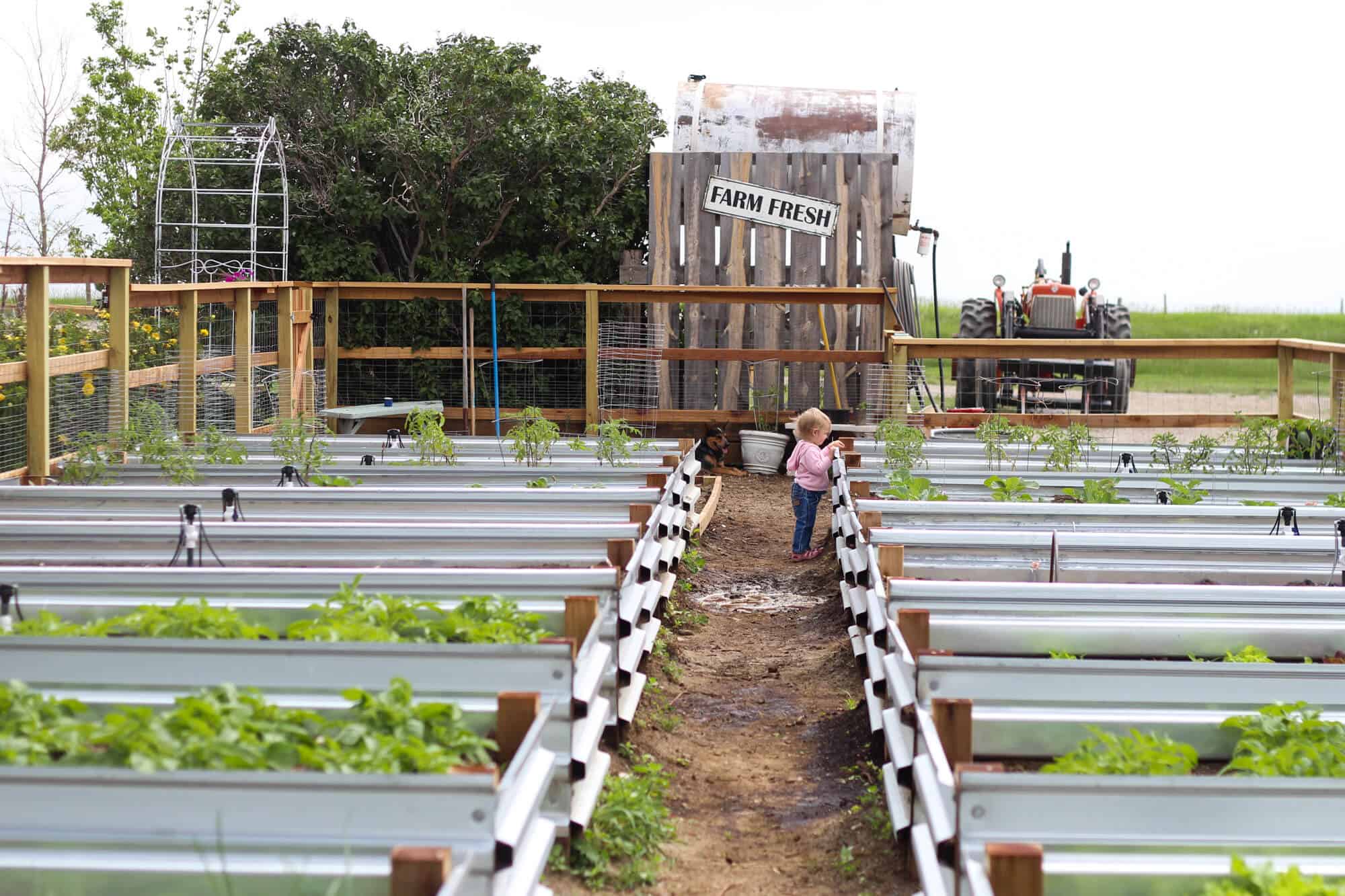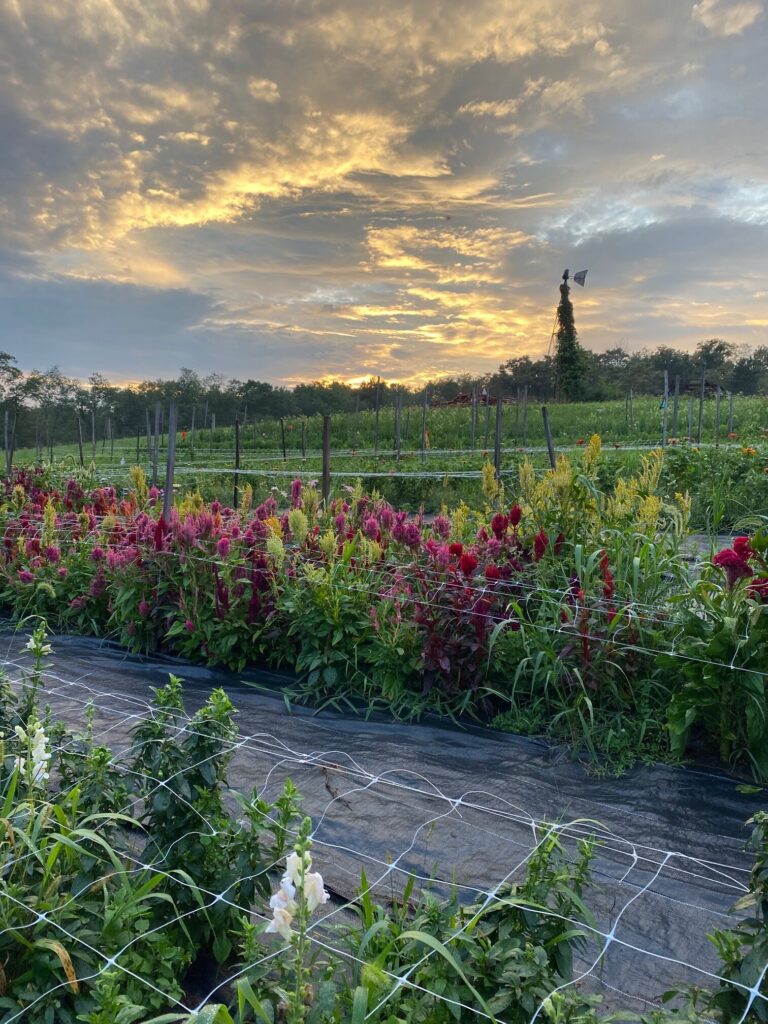Preparing for the Seasons in Homestead Gardening
Uncover the Tricks to Developing a Productive and gorgeous Gardening Space
Producing a productive and stunning gardening space is not merely a matter of planting blossoms and veggies; it needs a tactical technique that incorporates various important components. From picking the right location based on sunshine and dirt type to thoughtfully creating your layout and choosing appropriate plants, each decision plays a crucial function in the success of your yard.
Picking the Right Area
Selecting the suitable place for your yard is critical to its success and overall aesthetic charm. The primary step in this process includes assessing sunshine exposure, as the majority of plants call for a minimum of six hours of straight sunshine daily (Homestead Gardening). A south-facing garden typically obtains the most light, while shaded areas can hinder growth and flowering
Additionally, take into consideration soil quality and drain. Well-draining soil is necessary to stop water logged origins, which can result in plant conditions. Carrying out a dirt examination can provide beneficial information relating to pH degrees and vitamins and mineral web content, enabling you to modify the soil accordingly.
Moreover, proximity to water sources is an additional factor to consider - Homestead Gardening. Having very easy accessibility to a hose pipe or watering system can simplify the watering procedure and motivate constant plant care. Wind security is additionally crucial; placing your yard near frameworks, such as wall surfaces or fencings, can protect it from severe winds that may harm delicate plants
Lastly, consider accessibility for upkeep and harvesting. A well-placed garden permits convenient accessibility, ensuring that you can quickly often tend to your plants without causing undue stress or disruption. Thoughtful area option lays the structure for a growing yard.
Picking Plants Sensibly
When selecting plants for your yard, it's important to consider aspects such as climate, dirt conditions, and personal choices to make sure a harmonious and productive space. A complete understanding of your local environment will guide you in selecting plants that grow in your certain setting. Choosing drought-resistant selections is advantageous in arid areas, while moisture-loving types may be a lot more ideal for areas with high rains.
Soil conditions are similarly crucial; carrying out a soil test can expose pH degrees and nutrition material, enabling you to select plants that will certainly prosper. Native plants are usually an exceptional choice, as they are typically well-adapted to regional soil types and require less upkeep.
Mirror on your individual preferences-- selecting plants that resonate with your visual tastes will improve your satisfaction and commitment to preserving your yard. By very carefully assessing these aspects, you can produce a thriving and diverse plant selection that raises your horticulture experience.
Designing Your Yard Format
With a thoughtfully picked plant choice in hand, the following action is to develop a yard design that takes full advantage of both charm and capability. Begin by analyzing the available space, considering aspects such as sunshine, shade, and wind patterns. A tactical format must include different areas, consisting of locations for planting, pathways, and perhaps seating.
Start with larger plants or centerpieces, such as trees or high perennials, placed strategically to develop visual interest. Layer smaller plants ahead to boost deepness and appearance. Take into consideration the development habits of your picked plants; taller selections ought to be positioned at the back or center of beds, while much shorter ones can line the edges.
Incorporating paths not just promotes gain access to for maintenance yet additionally invites expedition. Use products that match the yard's total aesthetic, whether timber, gravel, or rock chips.
In addition, think of seasonal adjustments and how your layout will certainly look throughout the year. Integrating evergreens along with seasonal flowers can make sure year-round elegance. Ultimately, a well-designed yard design integrates the natural appeal of plants with useful considerations, causing a room that is both inviting and effective.
Enhancing Soil Health

To enhance dirt wellness, begin by conducting a soil examination to analyze pH levels, vitamins and mineral material, and dirt structure. This will certainly notify your changes. Incorporate natural issue such as compost, well-rotted manure, or leaf mold and mildew to improve soil framework, water retention, and microbial task. Additionally, exercising crop rotation can stop vitamins and mineral depletion and lower pest and illness stress.
Mulching is one more reliable approach; it not just preserves wetness however likewise reduces weeds and slowly improves the soil as it breaks down. Avoiding excessive husbandry is critical, as it can interfere with dirt framework and injury helpful microorganisms. Rather, take on no-till or marginal husbandry methods to preserve soil integrity.

Maintaining Your Yard Efficiently
A well-maintained garden provides pride and productivity, needing regular focus to make certain that plants grow and the landscape continues to be welcoming. Reliable yard upkeep includes numerous key practices that boost the wellness of your plants and the general visual of your space.
Normal watering is critical; nonetheless, it is vital to tailor your watering schedule based upon the certain requirements of your plants and local environment conditions. Mulching can aid preserve wetness, subdue weeds, and manage dirt temperature. Timely weeding prevents competitors for sources and nutrients, guaranteeing that your plants flourish.
Pruning is another crucial task. look what i found It encourages healthy and balanced growth, gets rid of infected or dead branches, and forms plants to maintain an enticing structure. In addition, keeping an eye on for conditions and insects is essential; early detection and treatment can save your plants from significant damages.
Fertilization must be implemented attentively, using natural alternatives whenever possible to advertise long-term soil wellness. Seasonal jobs such as planting, splitting perennials, and preparing for winter season will certainly guarantee your yard remains vibrant year-round. By complying with these why not find out more techniques diligently, you can cultivate a garden that is both efficient and attractive.
Conclusion
Selecting a suitable place with appropriate sunlight, choosing appropriate plants, designing a cosmetically pleasing format, improving soil wellness, and making sure routine maintenance are important components. By integrating these practices, one can grow a prospering garden that not only enhances the landscape but additionally promotes ecological balance and sustainability.
From choosing the right area based imp source on sunshine and soil type to attentively designing your format and selecting suitable plants, each decision plays a pivotal duty in the success of your garden. Well-draining dirt is necessary to prevent waterlogged origins, which can lead to plant diseases.When picking plants for your garden, it's essential to consider aspects such as climate, dirt conditions, and individual preferences to make certain a efficient and harmonious room. Ultimately, a properly designed garden design balances the all-natural beauty of plants with sensible considerations, resulting in a room that is both welcoming and efficient.
